Klip Dagga (Leonotis Nepetifolia) – Whole Flower Petals from Peru
Desde € 8,50 Incl. VAT
Botanical name: Leonotis nepetifolia
Common name: Klip Dagga
Plant part: Flower petals
Form: Whole
Country: Peru
Beschreibung
More about Klip Dagga (Leonotis Nepetifolia)
Top quality Klip Dagga (Leonitis Nepetifolia) whole red/orange flower petals, from Peru. This is purely the velvety soft petals, and contains no leaves or sticks.
In South Africa dagga is the common name for Cannabis. It was first recorded around 1670 and it is the Khoekhoe language word for hemp and for the Leonotis species. Klip Dagga has been used traditionally in folk medicine as a natural anxiolytic. In traditional African medicine they use it for a variety of heart problems, against the common gold and fevers, headaches or even malaria.
For many it is a legal substitute for marijuana. When smoking Klip Dagga similar effects are reported. Mild euforia, giggles, alter perception and the like. People like to mix it in herbal smoke blends.
Klip Dagga description
Klip Dagga belongs to the Genus Lamiaceae (Mint family). It is an erect, loosely branched annual that can grow 2,4 meters tall in its single growing season. Liking full sun it grows very quickly. It grows along roadsides and in abandoned fields. The stems are strongly angled (square in cross section). ‘The leaves grow in pairs opposite each other. The leaves are smooth with coarse margins, triangular in shape and 5-13 cm long. The flowers are borne in round, spiny clusters, 5-10 cm across, that encircle the stems. This make it look like the stems are growing right through the middle of the clusters. As the stems elongate, new flower clusters continue to develop above the older ones. The tubular flowers that peek out of the spiny heads are orange and furry, like a lion’s ear. The flowers are about 2,5 cm long and curve downward.
This plant and Wild Dagga (Leonotis leonorus) look very similar and have the same common names: Lion’s Ear and Wild Dagga. The main difference seems to be that Klip Dagga has leaves like Catnip (Nepeta cataria) and the other Leonotis has leathery leaves. For both species, leaf shape varies depending where it is on the stem; higher up, it is narrow and long. Klip Dagga has become naturalized in subtropical and tropical areas all over the world. It grows especially well in the Deep South. Hummingbirds love sipping at the flowers of the Dagga plants.
Reviews (0)
Only logged in customers who have purchased this product may leave a review.
Disclaimer
Related products
Herbs (Plants)
Herbs (Plants)
Piri Piri (Cyperus articulatus) – Whole Root Bulbs from Peru







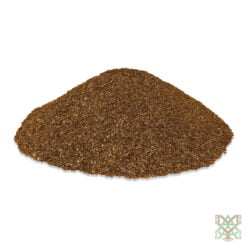


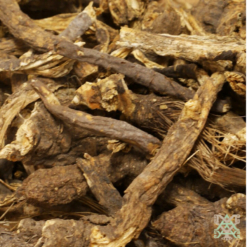
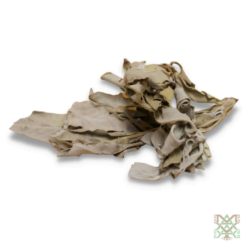



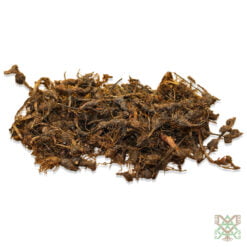

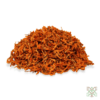
Reviews
There are no reviews yet.